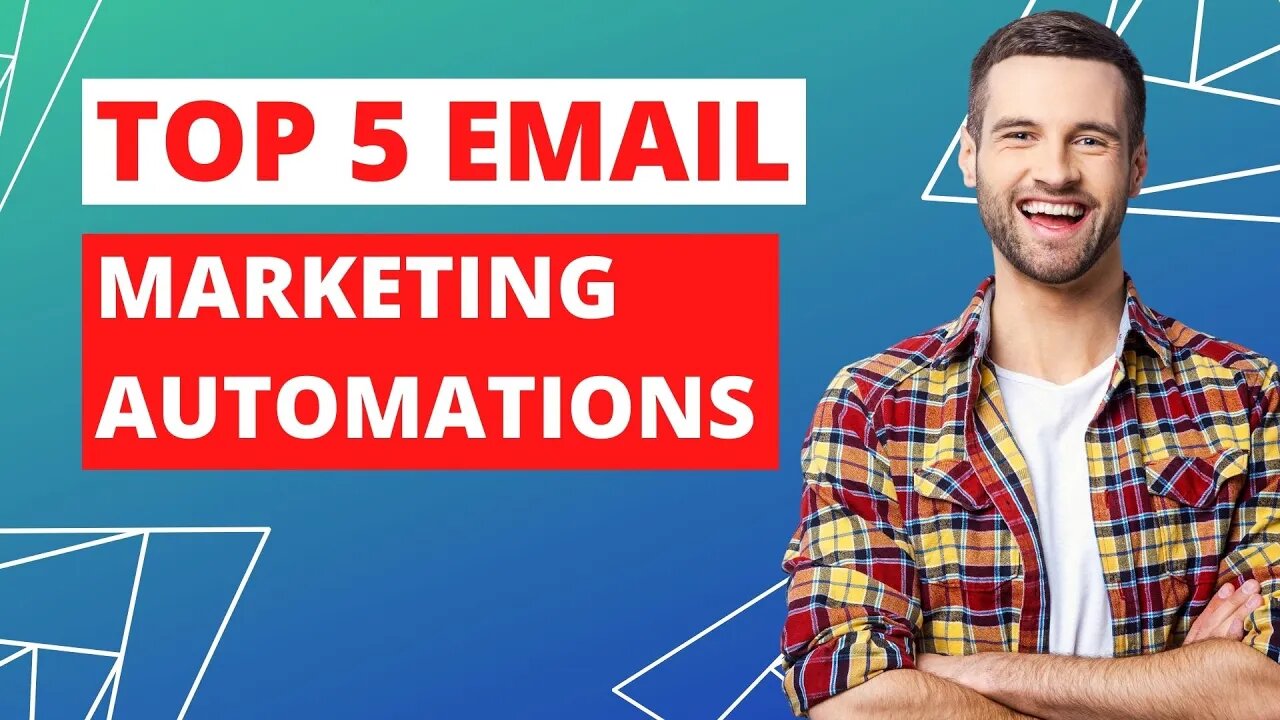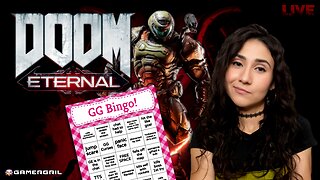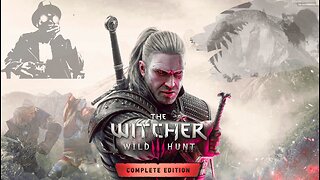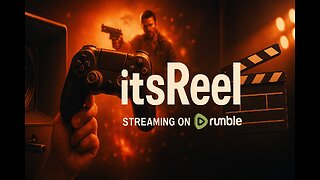Premium Only Content

Top 5 Email Marketing Automations for Ecommerce
Email Marketing Automations for Ecommerce.
we've got the solution for you: Email Marketing Automation. For many eCommerce online businesses, email marketing automation is a valuable customer retention strategy. But why should you concentrate on your Email Marketing strategy? As a result, marketing combined with email automation can help you stand out in the eCommerce industry, grow your brand, and improve customer connections. Email Marketing Automation is a powerful tool for engaging clients because it allows you to deliver targeted messages at specified times or in response to specific actions, develop personalized relationships with current and new customers, and keep your brand top-of-mind. Now we'll go through specific triggered-emails that you should think about before you start broadcasting, as well as how to make the most of each email to improve your overall email marketing plan.
#5. EMAIL NURTURE SERIES.
Lead nurturing is best accomplished with automated email campaigns. It implies that you lead customers through each stage of the sales process, ultimately leading to a purchase. Consider what else you can do to engage your customers with your business and provide additional value outside of an offer instead of bombarding them with weekly promotions and discounts emails. Customers appreciate product updates, but there's a lot more you can do to assist them. You can increase your worth by assisting them in distinguishing your brand from others. Here are a few suggestions that might be useful: Email 1: Provide information about your items and brand to your subscribers. Email 2: Help your subscribers gain insight into your products and brand Email 3: Use storytelling to engage Email 4: Use on-site behavior to engage
#4. POST-PURCHASE FOLLOW UP.
Following up with a customer after they've made a purchase is an age-old sales approach that shows them you appreciate their business and are concerned about their pleasure. Customer reviews are critical in today's digital environment to ensure that you stay current with their preferences and know what modifications to do in your action plan to keep them satisfied. These components may be included in excellent post-purchase follow-up emails: Directly request a review and make it simple to leave one. At the bottom of the email, include a few products that are similar to or complementary to the ones purchased. Thank your buyer for their purchase once more. Include details such as how to care for the product, how to utilize it, and so on.
#3. ORDER CONFIRMATION AND SHIPPING DETAILS EMAILS.
Order confirmations sent automatically will provide your customers peace of mind, letting them know that their order has been received and letting them know when they may track their shipment's progress. To keep your consumers interested, send them a series of order update emails that inform them about their product order journey: Email 1: Thank you for your purchase and Order confirmation. Email 2: Shipping information. Email 3: Out for Delivery status updated. Email 4: Delivered and Feedback
#2. ABANDONED CART EMAIL.
According to a recent survey, internet shoppers leave roughly 81.4 percent of their shopping carts. That's a lot of money, and it might have been one of the causes for income, but it was instead left on the table by customers who were interested enough to add your goods to their cart but not purchase it. Create and send a series of emails, each with a particular purpose, that you can share at regular intervals, Email 1: send after 24 hours - Remind shoppers of what they left behind. Email 2: send 48 hours later Address objections and persuade subscribers to buy your goods. Send email 3: 72 hours later, Offer a discount or incentive
#1. WELCOME EMAIL.
Welcome emails have grown commonplace in the online world. When new subscribers sign up, send them a polite little email. As a digital marketer, you're well aware that building a large email list frequently involves offering some sort of incentive to sign up, such as a discount or free shipping. When you offer that incentive to a consumer in the exit intent pop-up, the welcome email will almost certainly be opened right away. It's critical to get the welcome message correct because it can influence whether or not they open your subsequent emails. It informs subscribers about what they may expect from you and can direct them to the next steps they should take. Customers expect that discount in order to continue purchasing, thus automation is important here. One of the easiest email automation procedures to set up is a trigger when a new address is added to the list. Always include a call-to-action (CTA) in your emails for successful email automation (call-to-action). Never send an email without a goal in mind, and that goal should be stated in the CTA.
What do you think about our video? Let us know in the comment box below. Please like this video and subscribe to this channel for our future updates. Thank you.
-
 LIVE
LIVE
LumpyPotatoX2
8 hours agoKilling Floor 3 + SoulFrame: Co-op Showcase - #RumbleGaming
669 watching -
 2:10:50
2:10:50
vivafrei
9 hours agoEp. 274: Canada's War on Christianity! Is Candace Owens Cooked? SCOTUS, RFK Jr. AND MORE!
94.5K209 -
 38:09
38:09
The Mel K Show
6 hours agoMel K & Tim James | Are Hidden Dangers Lurking in Your Mouth? | 7-27-25
41.2K6 -

sophiesnazz
3 hours agoTIME TO WIND PEOPLE UP !socials
13.1K1 -

GamerGril
4 hours agoDoom Gal Bingo The Finale | Special Boss Bingo
10.5K5 -
 2:22:46
2:22:46
The Connect: With Johnny Mitchell
1 day ago $16.52 earnedOne Man's Mission To Stop Human Trafficking: How A Billionaire Mercenary Saved Hundreds Of Children
67.8K41 -

FoeDubb
4 hours ago🏰KINGDOM MENU:🌳SESHYS & 🎮WITCHER 3 VIBES ON DECK DILLY DILLY!!!
9.2K2 -
 28:43
28:43
Liberty Hangout
4 days agoAnti-Trumpers Don't Know What They're Protesting
64.7K252 -
 LIVE
LIVE
PudgeTV
1 day ago🟠 Gaming on Rumble | Soulframe Early Access Gaming Showcase
112 watching -
 LIVE
LIVE
itsReel
5 hours agoGaming SUNDAY
49 watching